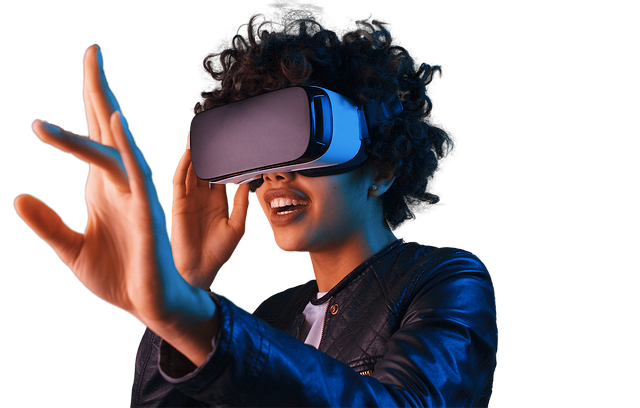Augmented Reality (AR) / Virtual Reality (VR)
Cutting-edge technologies such as Virtual Reality (VR) and Augmented Reality (AR) are revolutionizing audience engagement strategies.
Understanding AR/VR: VR immerses users into virtual environments, while AR overlays digital content onto the real world. VR employs specialized devices equipped with sensors for a 360-degree immersive experience, whereas AR utilizes mobile devices with AR applications for augmented experiences.
Challenges of Traditional Technologies: Conventional advertising methods often struggle to captivate audiences, with many users scrolling past ads or employing ad blockers. Video ads, although impactful, face challenges in garnering viewer engagement.
Significance of AR/VR: Research suggests that a minute of video content can be as effective as millions of written words. Consumers exhibit a preference for video content over text, indicating a shift towards more immersive experiences. As VR and AR become increasingly mainstream, brands leveraging these technologies gain a competitive edge. A Forbes study revealed that over 75% of leading brands have integrated VR or AR experiences into their marketing strategies, highlighting their growing importance. The VR industry is projected to reach $30 billion and the AR industry $90 billion by 2020.
Benefits for Advertisers: AR/VR offers advertisers unprecedented opportunities to deliver enhanced experiences to their audiences. Market projections indicate exponential growth in VR and AR technologies, making them integral to future marketing endeavors. AR enables showcasing products in real-time and provides interactive experiences, enhancing user engagement. With billions of smartphone users worldwide, the potential for AR advertising is vast. Social media platforms and innovative applications of AR/VR, such as 360-degree ads and virtual try-on experiences, offer advertisers novel avenues for engaging with consumers.
Examples of AR/VR Adoption: Leading brands like IKEA, American Apparel, and Dulux have successfully integrated AR into their advertising campaigns. Snapchat’s AR filters demonstrate the platform’s potential for branded content dissemination. Oreo’s VR campaign garnered millions of views, underscoring the impact of immersive storytelling. Travel industry giants like Thomas Cook and Marriott leverage VR to offer virtual tours, while automotive brands like Porsche and Mercedes utilize 360-degree videos to showcase their products.
Drawbacks and Considerations: Challenges include the cost of VR devices and the need for convincing users to adopt wearable technology. Additionally, determining optimal ad placement in VR environments presents logistical hurdles.
Conclusion: While VR and AR hold immense promise for enhancing advertising experiences, widespread adoption remains limited. Advertisers can leverage these technologies to create interactive and memorable campaigns, provided accessibility barriers are addressed. As VR devices become more affordable and user-friendly, their potential for driving sales and brand engagement will only continue to grow.



